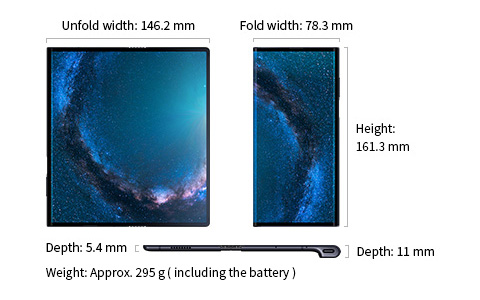Huawei Technologies, known Chinese telecoms equipment maker, has confirmed taking legal action against the US government for ban placed on its products.
TheNewsGuru (TNG) reports Huawei Deputy Chairman, Guo Ping made the confirmation on Thursday during a press conference at its headquarters in Shenzhen, China.
President Donald Trump last year signed the National Defense Authorization Act (NDAA), which prohibits the US government and its contractors from buying certain telecommunications and video surveillance equipment from Huawei.
The bill also prohibits the US government from buying products from a handful of other Chinese communications companies, including ZTE.
The ban covers components and services deemed “essential” or “critical” to any government system.
At the press conference, Guo said the US Congress had failed to present “any evidence” for its ban on Huawei products and equipment and was thus “unconstitutional.”
“[The ban] prevents us from serving our US customers, damages our reputation and deprives us of an opportunity to serve customers outside the United States.
“It violates separation of power principles, breaks US legal traditions and goes against the very nature of the US Constitution.
“Huawei are prepared to take this legal action as a proper and last resort,” the Huawei official said.
Guo reiterated that Huwei was a world leader in telecommunications, particularly in 5G, and that the company has a track record on national security.
John Suffolk, Huawei’s Global Cybersecurity and Privacy Officer, who also addressed the press conference, said malware attacks like Petya and WannaCry have represented a global threat, but that “none of that was coming from Huawei.”
“[The] global supply chain generates many thousands of weaknesses and vulnerabilities.
“In 2017 and 2018 alone, there were 30,000 such published vulnerabilities, from companies who do publish vulnerabilities.
“Nine out of the top 10 organisations publishing vulnerabilities were American companies,” Suffolk said.
Huawei’s Chief Legal Officer, Song Liuping also noted that Huawei hadn’t had a chance to defend its “excellent security record” because the ban had come into effect without due legal process.
“Huawei has never had the chance to cross examine its accusers… US Congress has simply attacked as lawmaker, prosecutor and juror at the same time, contrary to the American constitution,” Song said.
Huawei is seeking a permanent injunction on the NDAA restrictions and a declaratory judgement that the restrictions are unconstitutional.
“[We are willing to] work with the US president and his administration to find a solution where Huawei products are available to the American people and the national security of the United States is fully protected,” Song said.
 *Product size, product weight, and related specifications are theoretical values only. Actual measurements between individual products may vary. All specifications are subject to the actual product.
*Product size, product weight, and related specifications are theoretical values only. Actual measurements between individual products may vary. All specifications are subject to the actual product.